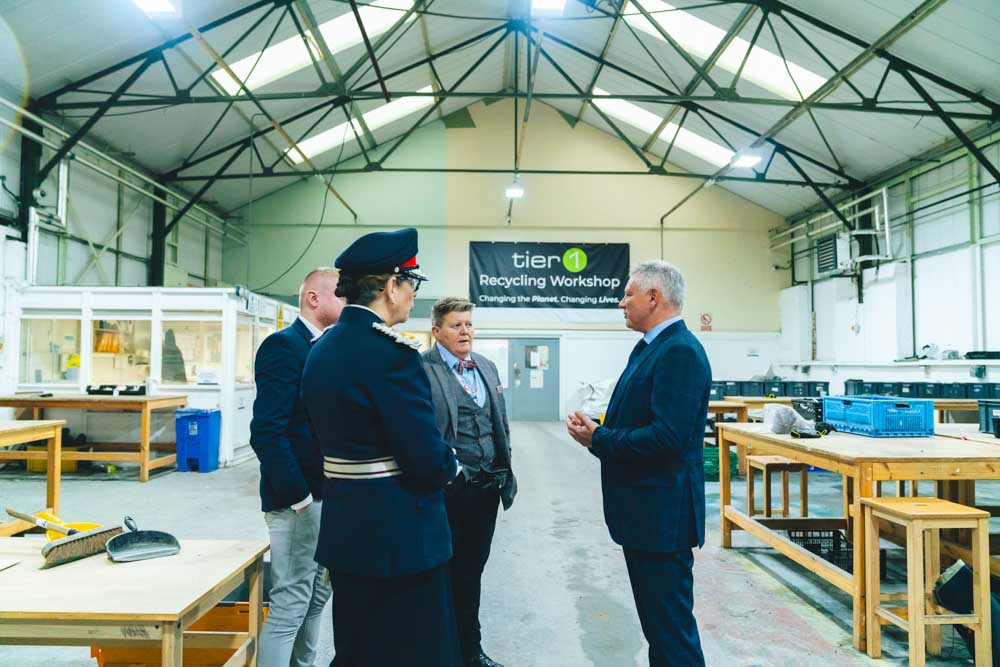‘Digital transformation’ is one of those IT buzzwords that you often hear, but may not completely understand. The reality and impact of digital transformation is more than just a buzzword, however, it’s a process which can help to affect radical business change through the adoption of new technology. It’s also booming business, with IDC research “FutureScape: Worldwide Digital Transformation 2018 Predictions” projecting that by the end of 2019, “digital transformation spending will reach $1.7 trillion worldwide, a 42 percent increase from 2017.”
So, in our latest article, we ask what exactly is digital transformation, and how can it help your business?
What is Digital Transformation?
Broadly speaking, the process referred to as digital transformation entails the integration of digital technology into all areas of a business in order to render all aspects of the business more effective and efficient. The objective is to bring about fundamental change, which redefines how a business operates.
This change is driven chiefly by the adoption of new technology, which is utilised not just to replicate an existing business process in a digital form, but to transform, streamline and improve that process. Ultimately, in the words of author Greg Verdino, digital transformation “closes the gap between what digital customers already expect and what analog businesses actually deliver.”
Technology is undoubtedly the key to digital transformation, but technology alone is not enough to bring about meaningful change. Rethinking corporate culture and business processes is crucial to the overall success of digital transformation. When done correctly, this can help larger, often cumbersome enterprises, compete on an equal footing with smaller and more agile rivals.
Old Tech and New
While cultural change is key to long lasting transformation, the digital transformation journey itself must begin with technological change. In many cases, this will entail the acquisition and adoption of new technology, but it’s also important to identify and replace outdated and legacy technology.
In the American healthcare industry, for example, despite the widespread adoption of smartphones, “close to 80 percent of clinicians continue to use hospital-provided pagers and 49 percent of those clinicians report they receive patient care-related messages most commonly by pager.”
Examples of outdated technologies being maintained long beyond their lifespan exist across all industries. Indeed, it is the continued and widespread use of legacy technology that prevents more businesses undertaking digital transformation. To illustrate this, research from Forrester suggests that, on average, CIOs spend just 28 percent of their budgets on new projects and innovations, with the remaining 72 percent set aside for existing IT concerns.
If you take the decision to transform your business digitally, and to upgrade you legacy technology, you must ensure that your IT assets are catalogued and disposed of securely by engaging a reliable ITAD vendor.
With over 25 years industry experience, tier1 are proud to be the UK’s most accredited ITAD supplier. We possess the skills, accreditations and experience to handle our clients’ data with the care they deserve, and to dispose of it responsibility and legally.
Contact us today on 0161 777 1000 or visit https://www.tier1.com to find out how we can help you dispose of your data safely and reliably.



